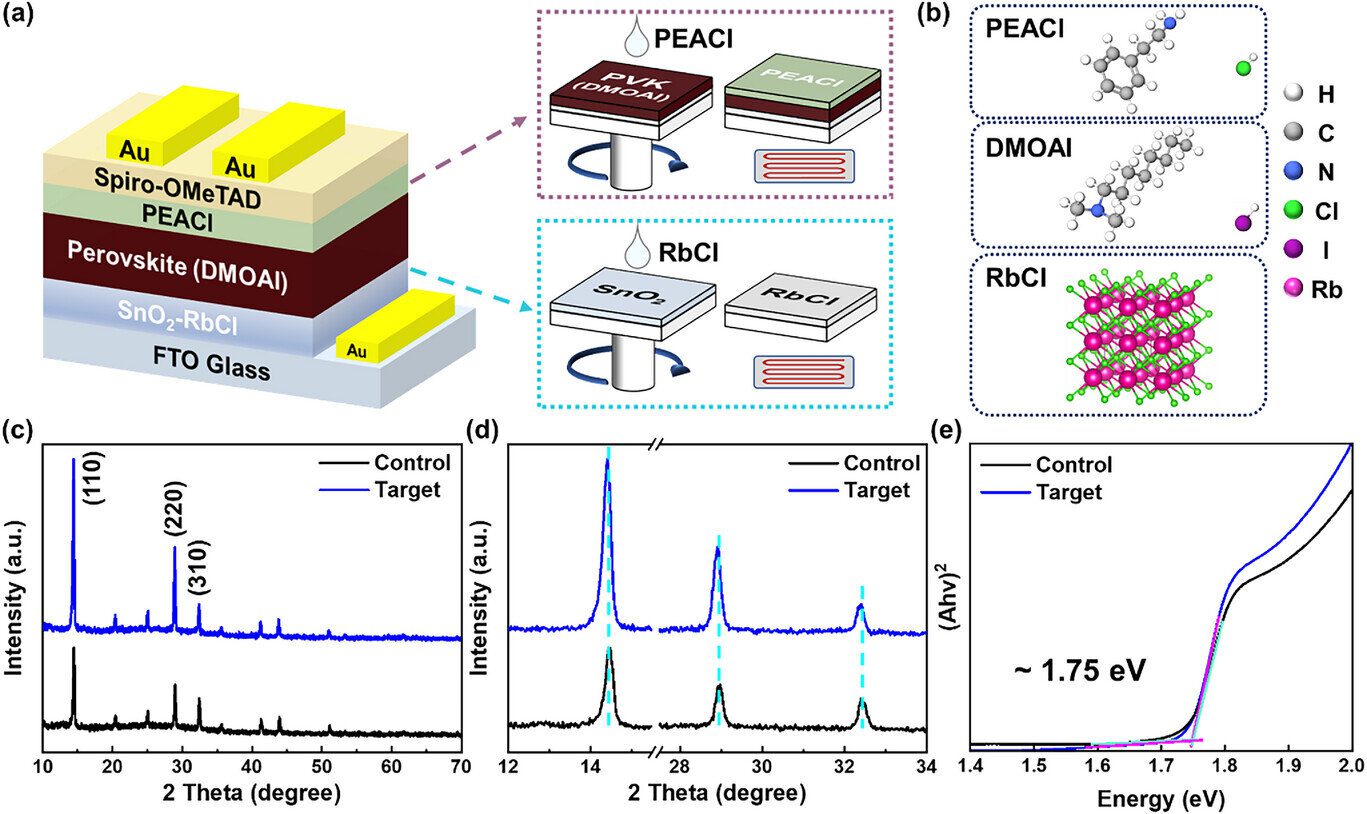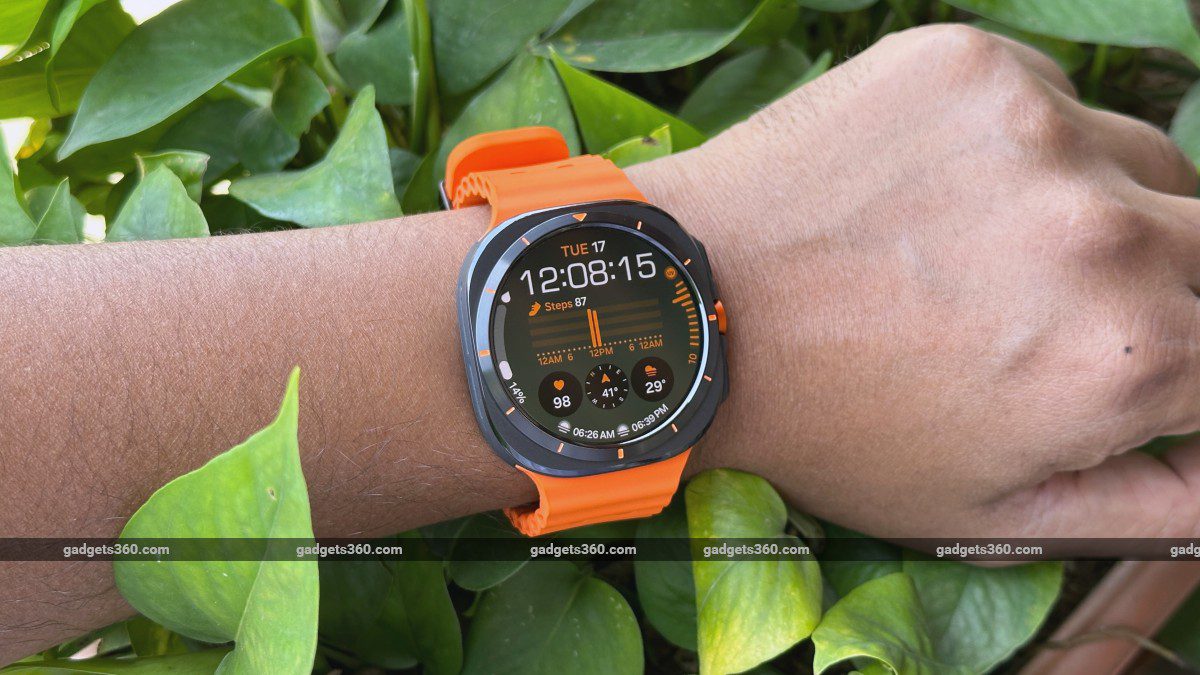
An international team led by UCL researchers has developed durable new solar cells capable of efficiently harvesting energy from indoor light, meaning that devices such as keyboards, remote controls, alarms and sensors could soon be battery-free.
The team used a material called perovskite, which is increasingly used in outdoor solar panels, and unlike traditional silicon-based solar panels, has the potential to be used indoors as well as its composition can be adjusted to better absorb the specific wavelengths of indoor light.
A major drawback of perovskite, however, is that it contains tiny defects in its crystal structure—known as traps—that can cause electrons to get stuck before their energy can be harnessed. These defects not only interrupt the flow of electricity but also contribute to the material’s degradation over time.
In a study published in the journal Advanced Functional Materials, the team describes how they used a combination of chemicals to reduce these defects, potentially making perovskite indoor solar panels viable.
The perovskite photovoltaics they engineered, the team says, are about six times more efficient than the best commercially available indoor solar cells. They are more durable than other perovskite devices and could be used for an estimated five years or more, rather than just a few weeks or months.
Senior author Dr. Mojtaba Abdi Jalebi, associate professor at the UCL Institute for Materials Discovery, said, “Billions of devices that require small amounts of energy rely on battery replacements—an unsustainable practice. This number will grow as the Internet of Things expands.
…
Disclaimer
We strive to uphold the highest ethical standards in all of our reporting and coverage. We 5guruayurveda.com want to be transparent with our readers about any potential conflicts of interest that may arise in our work. It’s possible that some of the investors we feature may have connections to other businesses, including competitors or companies we write about. However, we want to assure our readers that this will not have any impact on the integrity or impartiality of our reporting. We are committed to delivering accurate, unbiased news and information to our audience, and we will continue to uphold our ethics and principles in all of our work. Thank you for your trust and support.
Website Upgradation is going on. For any glitch kindly connect at 5guruayurveda.com



